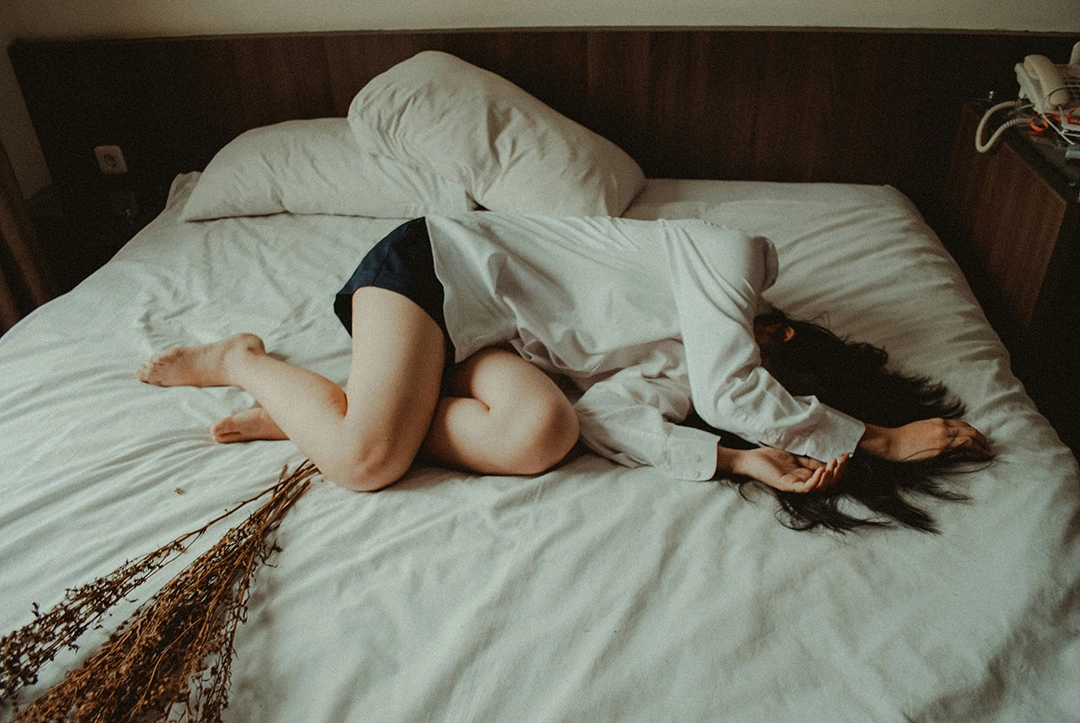The tech world thrives on long hours, tight deadlines, and the never-ending pursuit of innovation. For many professionals, especially those with Attention Deficit Hyperactivity Disorder (ADHD)—caffeine and stimulant medications are essential tools for focus and
productivity. However, these stimulants can often come at a cost: trouble sleeping, poor sleep quality, and even full-blown sleep disorders.
If you find yourself wide awake at 2 AM, unable to fall asleep despite exhaustion, you’re not alone. The good news? There are strategies to help balance productivity with better sleep habits. Here’s how to reduce stimulant-induced insomnia and finally get the rest you need.
Understanding Stimulant-Induced Insomnia
Stimulants like caffeine and ADHD medications increase alertness and focus by stimulating the central nervous system. While this can be incredibly beneficial during the day, these effects can linger for an extended period of time, disrupting the body’s circadian rhythm—your internal clock that regulates sleep-wake cycles.
Common side effects of stimulants that impact sleep include:
● Difficulty falling and staying asleep
● Increased restlessness or jitteriness
● Heightened anxiety or racing thoughts
● Symptoms of restless legs syndrome
● Nighttime awakenings and disrupted sleep cycles
When sleep disturbances become persistent, they can lead to chronic sleep deprivation, impacting mental clarity, emotional stability, and overall health.
How to Reduce Stimulant-Induced Insomnia
The key to avoiding sleepless nights is adjusting your habits and environment to promote better sleep while still benefiting from stimulants. Here’s how:
1. Time Your Stimulants Wisely
● Take ADHD medications and caffeine early in the day—ideally before noon.
● If you need a late-afternoon boost, opt for lower doses or non-stimulant alternatives like herbal tea.
● Monitor how long it takes for the effects to wear off and adjust your sleep schedule accordingly.
2. Establish a Consistent Sleep Routine
● Go to bed and wake up at the same time every day to train your circadian rhythm.
● Aim for at least 7–9 hours of sleep each night.
● Start winding down 30 minutes before bed with relaxing activities (reading, meditation, or light stretching).
3. Improve Your Sleep Environment
● Keep your room cool, dark, and quiet.
● Avoid blue light from screens at least an hour before bed—use blue light filters if necessary.
● Invest in a comfortable mattress and pillows to support better sleep quality.
4. Adopt Healthier Sleep Habits
● Avoid large meals, alcohol, and heavy exercise too close to bedtime.
● Try relaxation techniques like deep breathing, progressive muscle relaxation, or listening to calming music.
● If you wake up frequently, resist the urge to check your phone or engage in stimulating activities.
5. Consider Behavioral Therapy for Sleep
For those struggling with chronic sleep disturbances, behavioral therapy can help reset sleep patterns and improve overall sleep hygiene. Therapy methods like Cognitive Behavioral Therapy for Insomnia (CBT-I) can be particularly effective in addressing habits and thoughts that interfere with rest.
6. Talk to a Professional About Medication Adjustments
If you take ADHD medications, speak with your doctor about potential adjustments, such as:
● Lowering your dosage
● Switching to a shorter-acting stimulant
● Exploring non-stimulant alternatives to treat ADHD without impacting sleep
7. Try Breathwork for natural stimulation
Using your breath to stay awake yet calm is a powerful technique that balances alertness and relaxation. Here are a few breathing methods to achieve this state:
1. Balanced Breathing (Coherent Breathing)
● How to do it: Inhale for 5-6 seconds, then exhale for 5-6 seconds.
● Effect: Activates the parasympathetic nervous system while keeping oxygen levels steady, helping you stay calm and alert.
2. The 4-6-8 Breath
● How to do it: Inhale for 4 seconds, hold for 6 seconds, exhale for 8 seconds.
● Effect: Deepens relaxation while maintaining mental clarity, good for focus without drowsiness.
3. Bellows Breath (Bhastrika)
● How to do it: Take quick, strong breaths through the nose (inhale and exhale forcefully) for about 10-20 breaths.
● Effect: Increases oxygen, energizes the body, and clears the mind while preventing overstimulation.
4. Box Breathing (Navy SEAL Breath)
● How to do it: Inhale for 4 seconds, hold for 4 seconds, exhale for 4 seconds, hold for 4 seconds.
● Effect: Helps maintain a steady state of focus and calmness, useful in high-pressure situations.
5. Alternate Nostril Breathing (Nadi Shodhana)
● How to do it: Close one nostril, inhale through the other, switch, and exhale through the opposite nostril. Repeat.
● Effect: Balances brain hemispheres, promoting mental clarity and calm focus.
In some cases, a sleep study may help uncover underlying issues, such as restless legs syndrome or other sleep disorders, that may be contributing to your insomnia.
Finding the Right Balance Between Productivity and Rest
Caffeine and stimulants may fuel the tech world, but they shouldn’t come at the expense of your well-being. By adjusting your habits, optimizing your environment, and seeking professional guidance, you can reduce stimulant-induced insomnia and achieve both peak productivity and restorative sleep.
If you’re struggling with persistent sleep issues, Silver Lake Psychology is here to help. Our team of licensed professionals can provide guidance on behavioral therapy, sleep habits, and ADHD treatment to help you achieve a healthier balance. Reach out today and take the first step toward better sleep!


